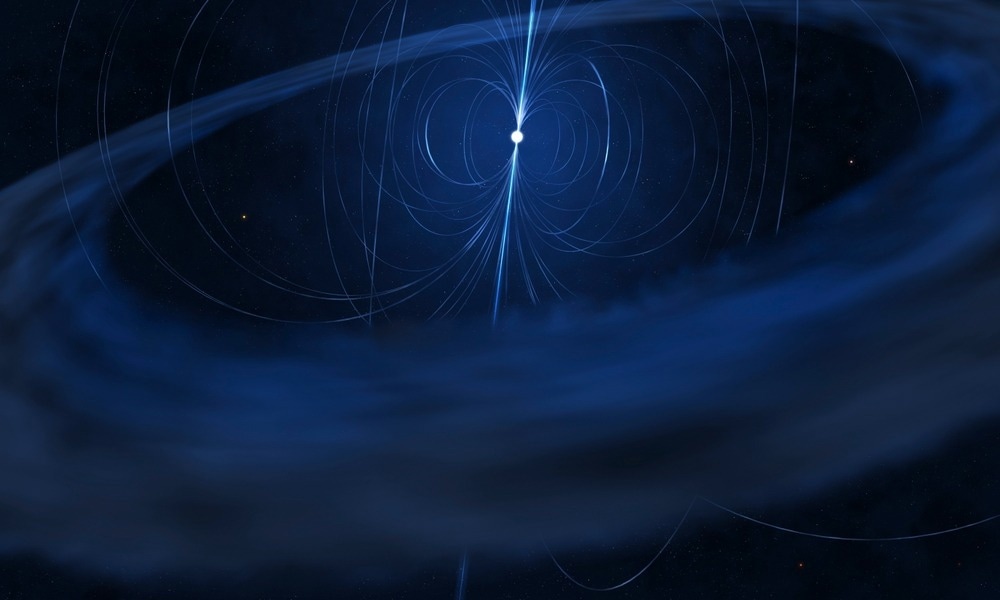Across the universe, a gamma-ray burst is the most violent explosion. A study performed on gamma-ray bursts, such as magnetized dynamics of plasmas, central engines, and radiation, is one of the trending topics in high-energy astrophysical research.

Image Credit: Mr.Kuiku/Shutterstock.com
The alleged “brightest of all time” gamma-ray burst, named GRB 221009A, has been detected with the help of satellites and ground-based telescopes available worldwide. The burst possesses a powerful emission in the TeV energy band.
The radiation mechanism of GRB 221009A has been explored by the scientists headed by Professors Jirong Mao and Jiancheng Wang from the Yunnan Observatories (YNAO) of the Chinese Academy of Sciences (CAS).
The study outcomes were reported in The Astrophysical Journal on April 4th, 2023.
A novel radiation mechanism was suggested by the scientists, that is, the radiation of the relativistic electrons present in the random and small-scale magnetic field. This mechanism was employed by the researchers to describe the very high energy emission of GRB 221009A. Especially in this mechanism, they made use of the Landau damping, a plasma effect, to restrict the emission of GRB 221009A in the TeV energy band.
Also, the mechanism was treated by the researchers as a kind of coherent radiation to reproduce the emission flux of GRB 221009A. Hence, the observation properties of the burst are interpreted in a theoretical manner by this novel mechanism.
The study is considered to be significant for gaining more insights into the radiation mechanism of high-energy objects in the future. It has been financially supported by the National Natural Science Foundation of China and Yunnan Revitalization Talent Support Program.
YNAO is a collaborator within the LHAASO collaboration. The study reported in this context is a theoretical exploration that emphasizes the observational outcomes obtained from the large scientific device.
Journal Reference
Mao, J & Wang, J (2023) Jitter Mechanism as a Kind of Coherent Radiation: Constrained by the GRB 221009A Emission at 18 TeV. The Astrophysical Journal. doi.org/10.3847/1538-4357/acc400.